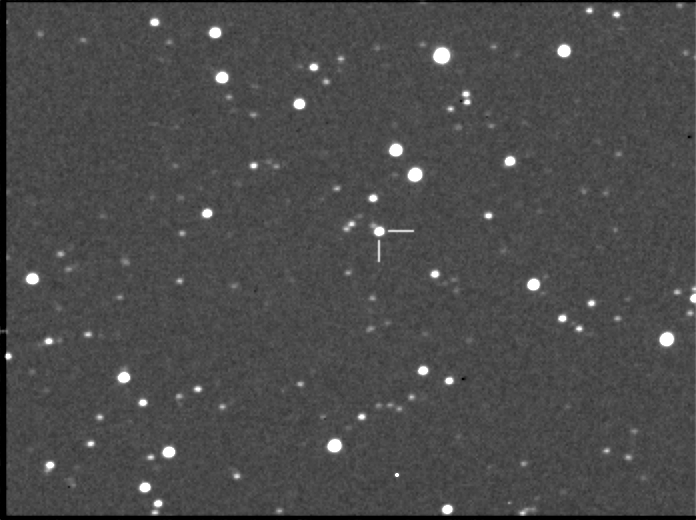Very Rare Superoutburst of PR Herculis
Winchester Observatory has monitored hundreds of variable stars with an automated imaging system over the last nine years. Most are run of the mill long period variables (mainly Mira-type stars) that vary slowly and somewhat predictably; the rest are the much more exciting cataclysmic variables (CVs)—stars that undergo sudden and dramatic increases in brightness.
There is a wide range of activity level amongst CVs. Many go into outburst monthly or annually, while others go many years or even decades before doing something interesting. Over the years I've come to know which stars fall into which group. PR Her is one star that falls into the group that is least active. In fact PR is so faint in its normal state that I can't even see it in the CCD images (the listed minimum is magnitude 21).
So PR Her is well-known for its general invisibility and lack of activity. For the last eight years that I've been checking in on it, it has lived up to its reputation. But that all changed on the night of Mon/Tue, November 21/22, 2011. It was finally a clear night and my original plan was to image Comet Garradd, followed by a run of CVs starting in Lyra and working east. But then I thought, "the scope is already in Hercules, so why not start there with V1008 and PR?" They are two of my favourites (V1008 is in the annual outburst category) and I hadn't imaged them in a while. So thanks are due to Comet Garradd for getting me started in the right place!
PR Her was the second star in the night's variable star run. As it happens, I missed the computer's notification of its outburst and didn't discover it until the next afternoon.

Discovery image of PR Herculis' 2011 superoutburst. Exposure 2x30s, V filtered. Winchester Observatory image.
I announced my finding in the AAVSO Chat Room at just after 2 p.m. EDT. Within a couple of hours the observation had been reported (V mag 12.85), the cvnet web page had been updated, Maciej Rezselski of Poland had confirmed the superoutburst, and the AAVSONet robotic telescope network had been scheduled to observe PR Her that evening. Very cool how fast things progress in cyberspace!
Now with a couple of nights of observation in hand, some new information on PR Her is starting to emerge. Observations by Dubovsky and Simonsen peg the orbital period at 0.05417(6) days which is one of the shortest among WZ Sge-type dwarf novae. PR is also exhibiting ~0.1 magnitude amplitude superhumps, with double maxima no less. (Superhumps are small, short-term variations in brightness caused by precession of the accretion disc.) What else will we see during this superoutburst?
After many years of inactivity, PR Herculis is making up for it in style!
- walter.macdonald2@gmail.com's blog
- Log in to post comments

Comments
Cool Stuff!
Hi Walter,
Fabulous story - why weren't you working on the website???
Running and ducking!
Denis.